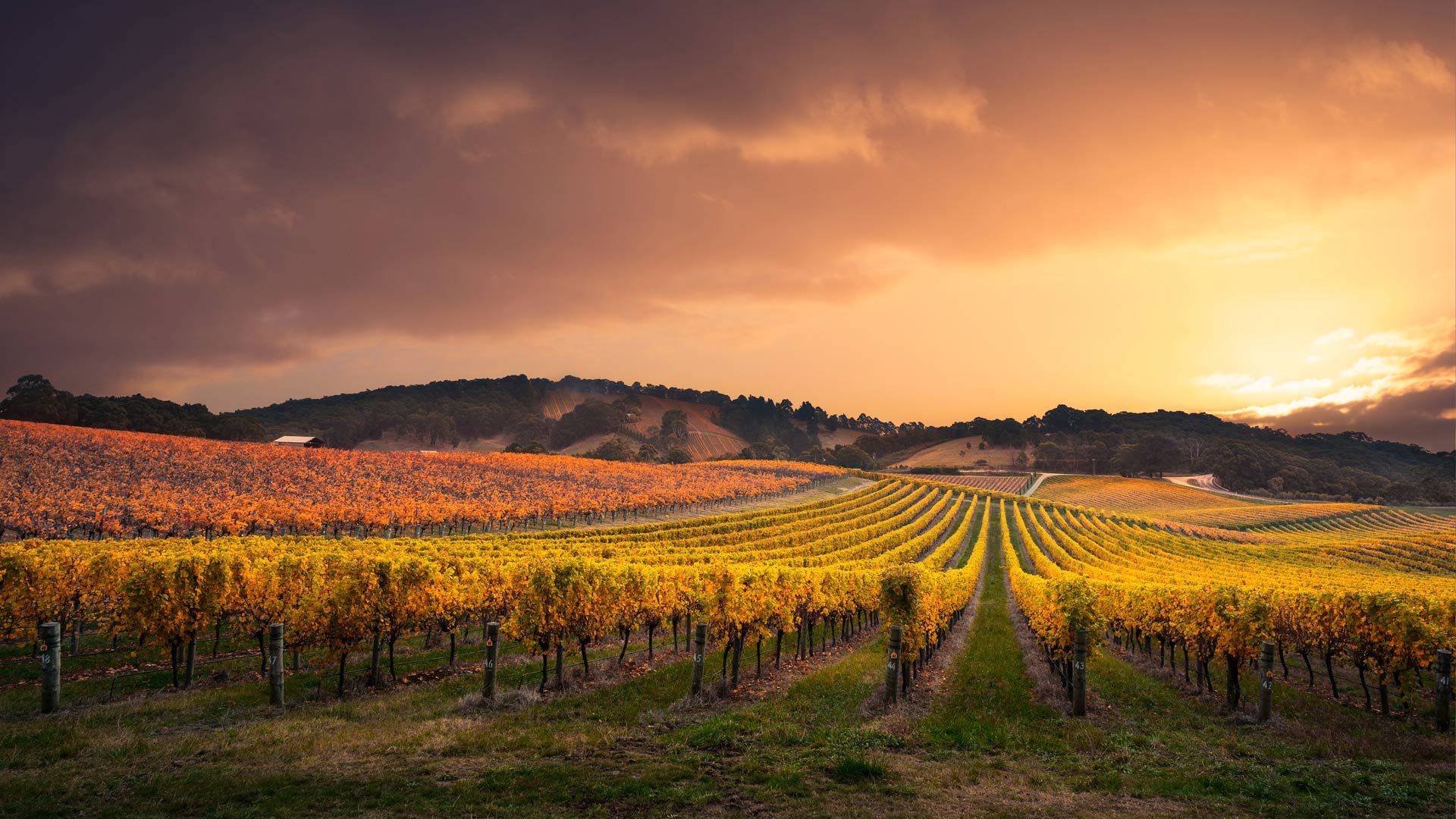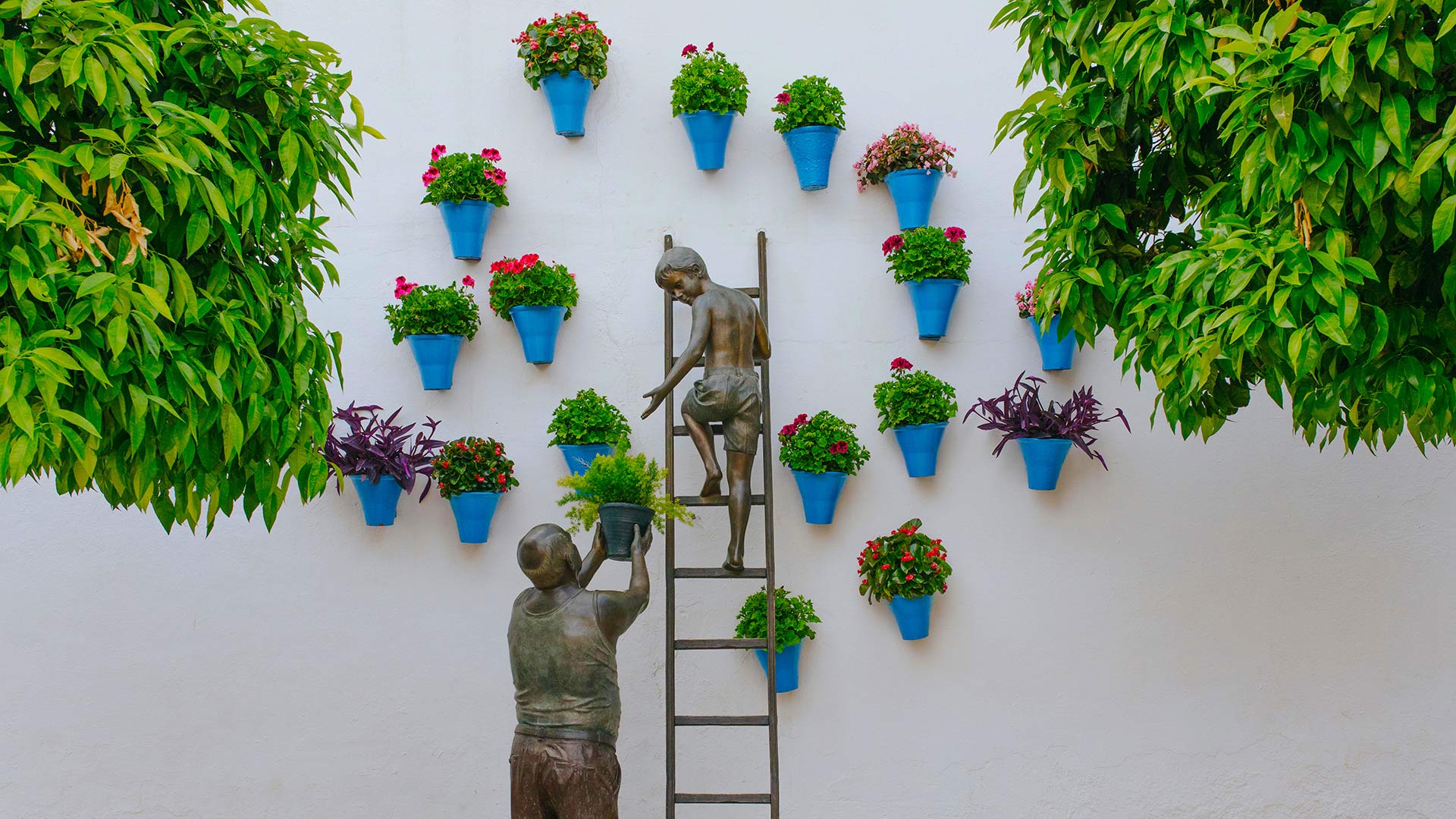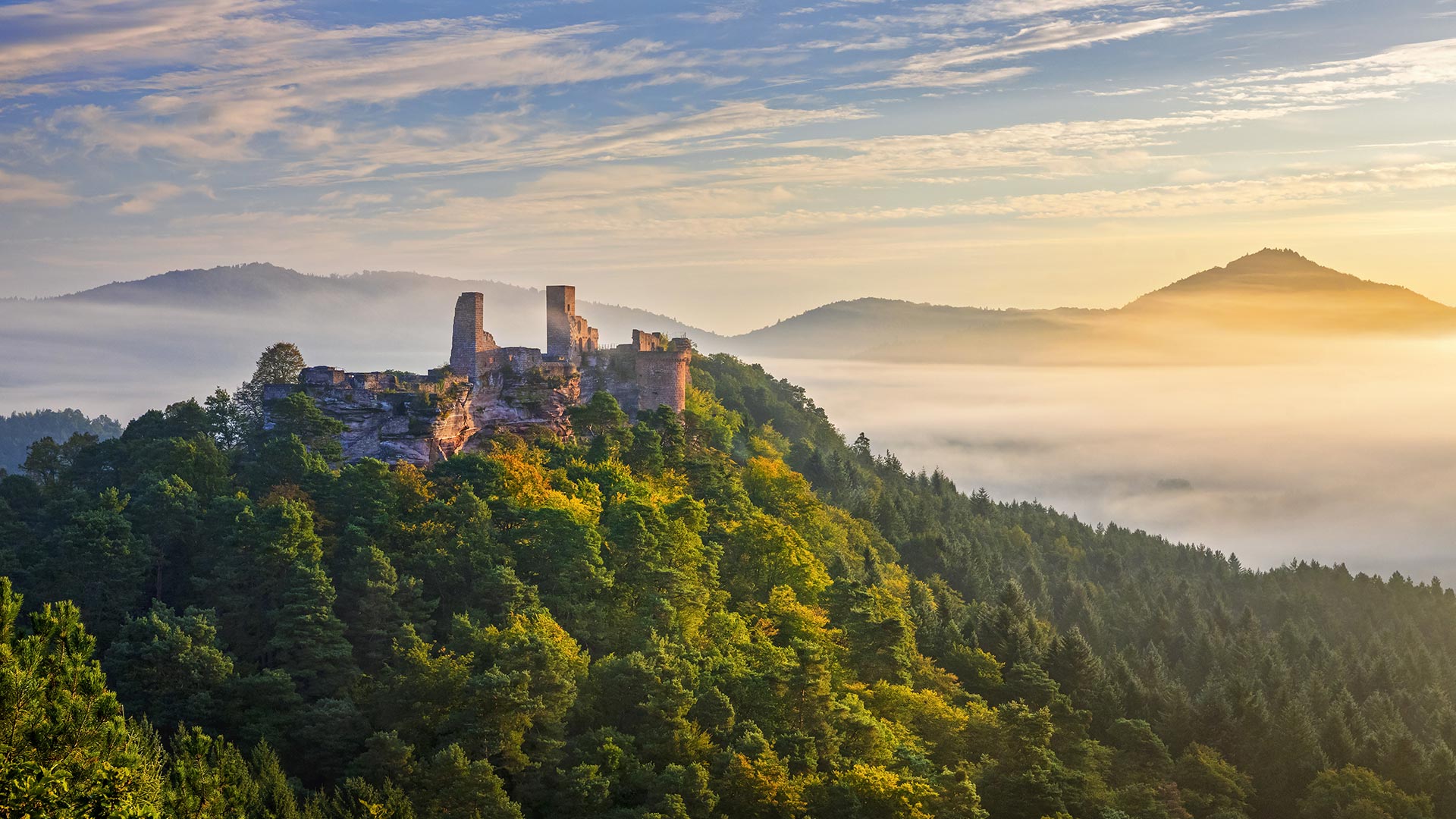Summer storm from City Beach, Perth, Australia (© JohnCrux/Getty Images)
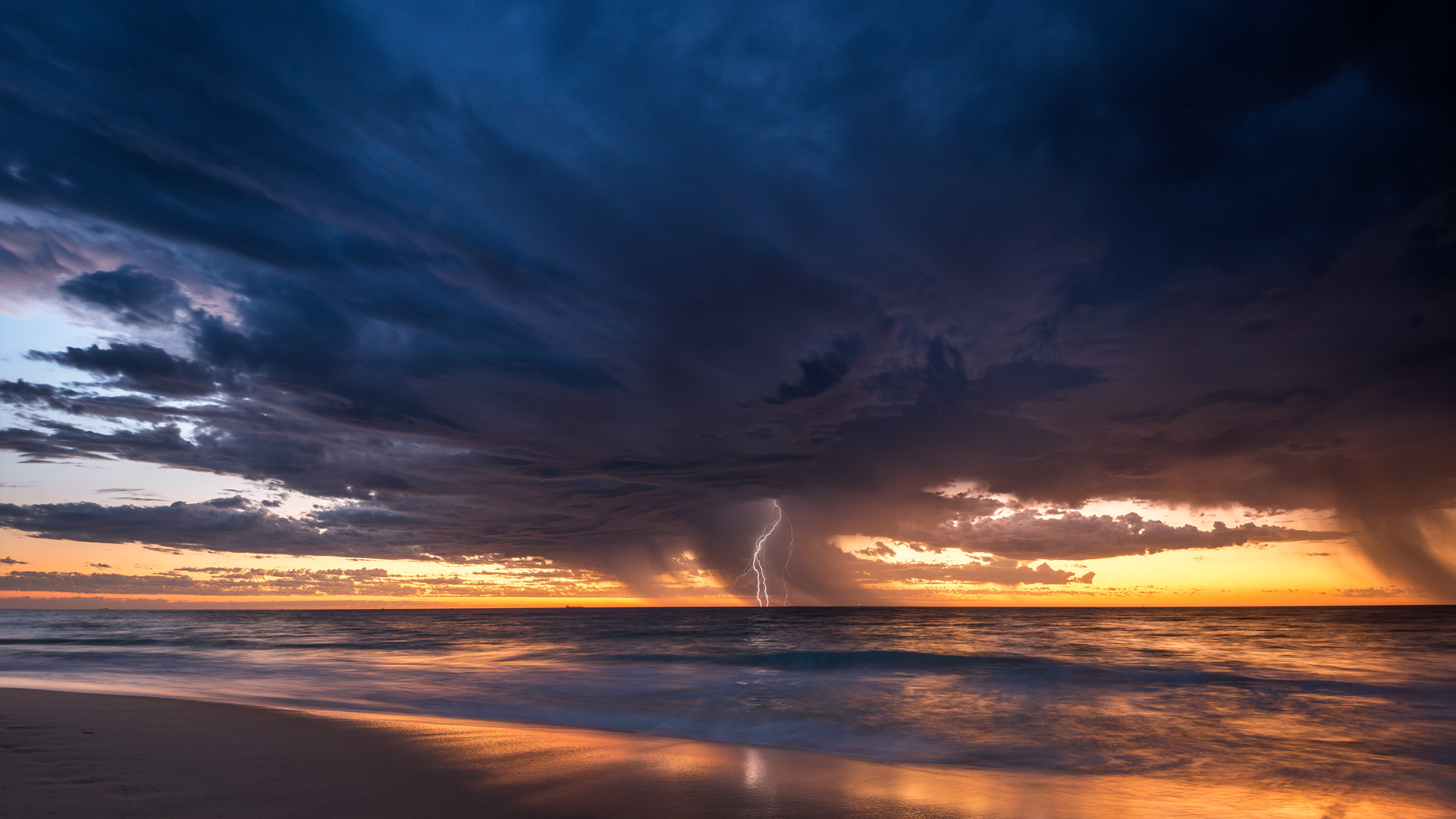
Summer storm from City Beach, Perth, Australia (© JohnCrux/Getty Images)
Thunderbolt and lightning…
Ever endured a scorcher of a summer’s day only to be hit with a thunderstorm soon after? That’s especially common here at City Beach in Perth, where the two go together like Vegemite and toast. Moisture and warmth are both major factors in the creation of thunderstorms, meaning when humidity and heat ramp up during the hotter months, large amounts of warm, humid air gradually rise off the ground via surface winds into an unstable atmosphere. If this atmosphere is particularly unstable that can lead to severe conditions like large hail, wind gusts of 90 km/h and uncharacteristically heavy rainfall - leading to flash flooding.
阿德莱德山的葡萄园,澳大利亚 (© Ben Goode/iStock/Getty Images Plus)
印克斯湖国家公园中的德克萨斯矢车菊,德克萨斯州 Bluebonnets growing alongside an old road in the Texas Hill Country (© Inge Johnsson/Alamy)
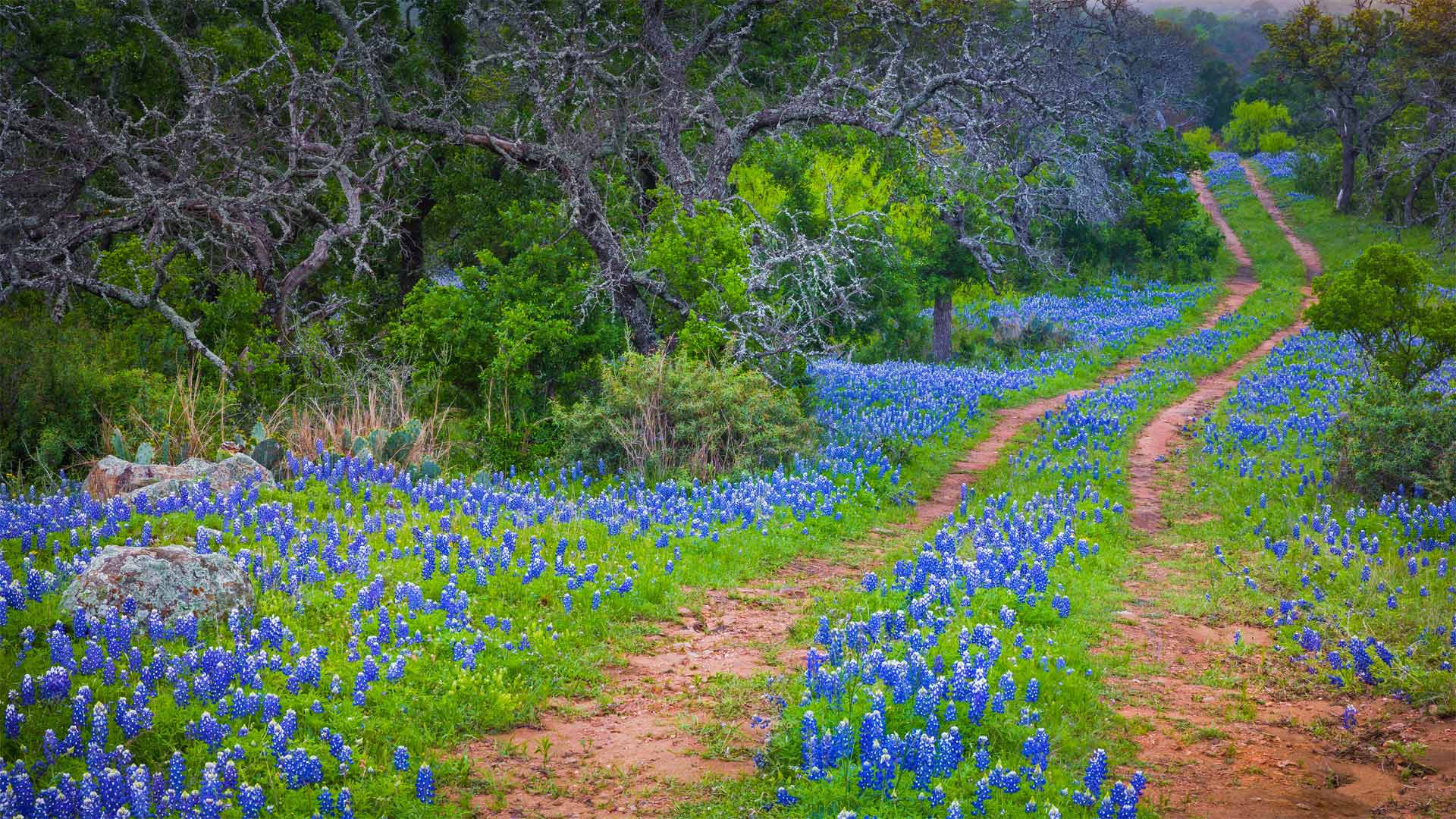
印克斯湖国家公园中的德克萨斯矢车菊,德克萨斯州 Bluebonnets growing alongside an old road in the Texas Hill Country (© Inge Johnsson/Alamy)
Where the wildflowers grow
In honor of National Wildflower Week, we're looking at a field of blooming bluebonnets, the state flower of Texas. If you notice bluebonnets and other blooms while traveling down Texas highways, thank the state's Department of Transportation, which sows tens of thousands of pounds of wildflower seeds along roadways each year.
But wildflowers aren't just pretty to look at. Most of these native plants grow on their own—without the need for cultivation—helping preserve water, protect against erosion, and provide habitat for birds, butterflies, and other critters. Plus, they have a restorative quality for the mind, just as wildflower-lover Lady Bird Johnson once said: 'Where flowers bloom, so does hope.'
Gondolas called trajineras in the canals of Xochimilco, Mexico City, Mexico (© Orbon Alija/Getty Images)

Gondolas called trajineras in the canals of Xochimilco, Mexico City, Mexico (© Orbon Alija/Getty Images)
Cinco de Mayo in Xochimilco
This aerial view comes from Xochimilco, a borough of Mexico City that's famous for its canals, leftover from a lake and canal system that once connected settlements in the Valley of Mexico. The canals are best explored from these colorful gondola-like boats known as a trajineras, floating past artificial islands that were once used for agriculture.
We think the Xochimilco canals would be a fine place to celebrate Cinco de Mayo today. While Americans often confuse the holiday with Mexico's Independence Day, it's actually the anniversary of Mexico's 1862 victory over France at the Battle of Puebla. The victory was especially significant because the Mexicans overcame France despite having a much smaller, less equipped army. When France later took Mexico City, the Battle of Puebla remained a source of Mexican pride and hope during the occupation.
库斯科附近萨克塞华曼的印加要塞,秘鲁 Inca fortress of Sacsayhuamán near Cusco, Peru (© Susanne Kremer/eStock Photo)
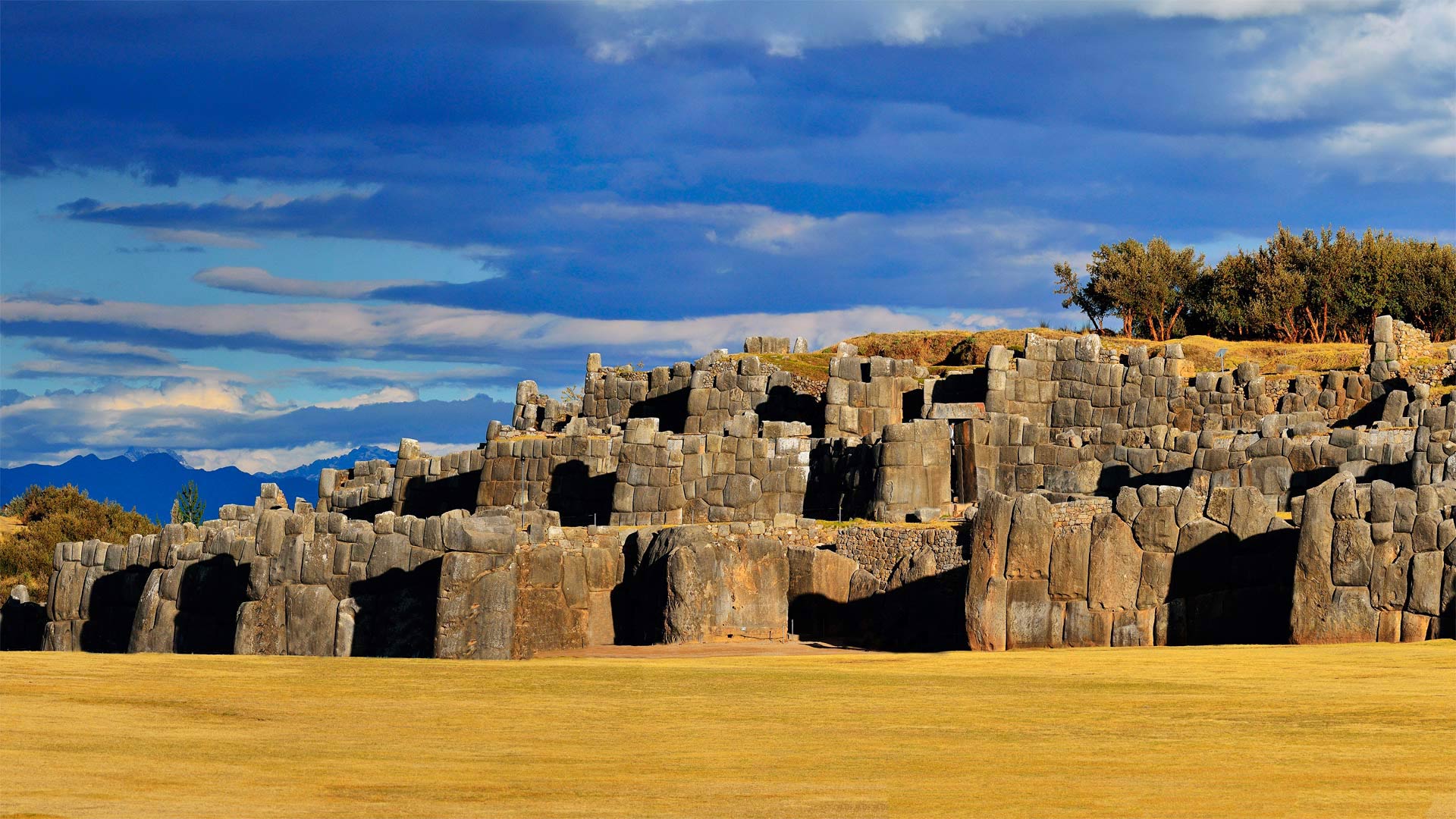
库斯科附近萨克塞华曼的印加要塞,秘鲁 Inca fortress of Sacsayhuamán near Cusco, Peru (© Susanne Kremer/eStock Photo)
The (Inca) empire strikes back
It's the 1530s. Spanish conquistadors are cementing their hold over the lands of the Incan Empire, including the massive 12th-century stone fortress in today's image: Sacsayhuamán, in the old Inca capital of Cusco. The Spanish hold prisoner a man named Manco Inca, the puppet leader they've installed over the Incans. But one day in the spring of 1536, he escapes.
He returns on May 6, accompanied by legions of Inca warriors. The Inca retake much of Cusco, including Sacsayhuamán, which they make their main base, forcing the Spanish to take refuge in buildings near the main plaza. In the end, the Incan effort fails: After a few months, the Spanish retake Sacsayhuamán and then manage to cut off the Incans' supplies, forcing their surrender and finalizing Spain's control over Peru. The Spaniards will partly dismantle Sacsayhuamán and use its smaller blocks to build colonial Cusco. But even today, the outer walls of impossibly large interlocking stones still overlook the modern-day city, a symbol of the mysterious empire that once ruled here.
正在照看花草的孩子和祖父铜雕,西班牙科尔多瓦 (© David M G/Alamy)
乌尤尼盐沼,玻利维亚 Salar de Uyuni, Bolivia (© Ignacio Palacios/Getty Images)
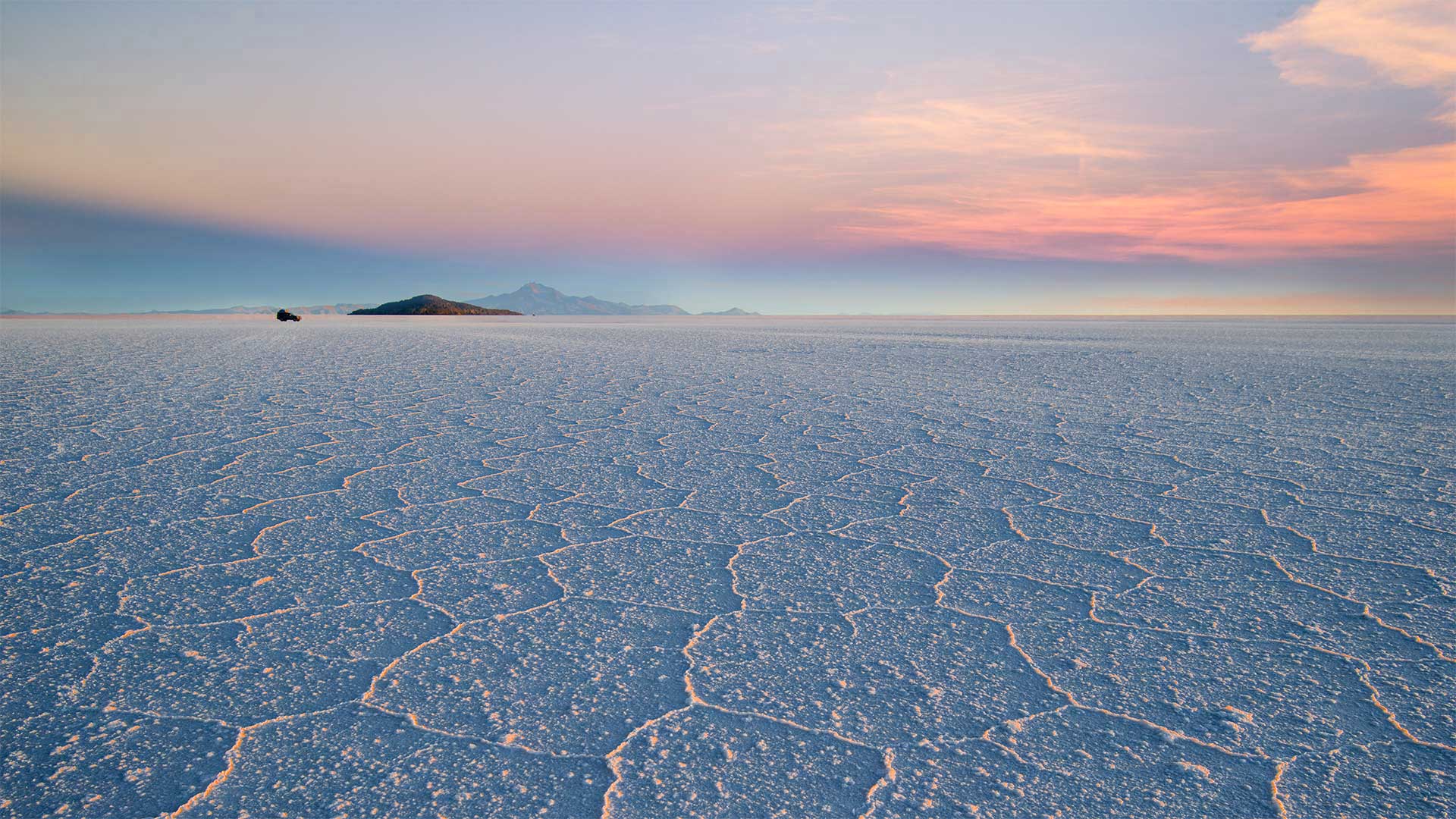
乌尤尼盐沼,玻利维亚 Salar de Uyuni, Bolivia (© Ignacio Palacios/Getty Images)
It's Star Wars Day
Does this area look familiar? If you're a 'Star Wars' fan you might recognize it as the planet of Crait, featured in 'The Last Jedi.' In reality it's Salar de Uyuni, the world's largest salt flat, found in southwest Bolivia. This otherworldly landscape is near the crest of the Andes, nearly 12,000 feet above sea level. It was formed by the transformations of prehistoric lakes which dried up in this area, leaving behind a salt crust several feet deep. After a rare rainfall, a thin layer of perfectly still water will transform the salt flat into a giant mirror 80 miles across.
We hope you're having a good Star Wars Day—and, as the saying goes, 'May the Fourth be with you.'
Kalaat M'Gouna的古堡遗址,摩洛哥 Ruins of a kasbah in Kalaat M'Gouna, Morocco (© Leonid Andronov/Getty Images)
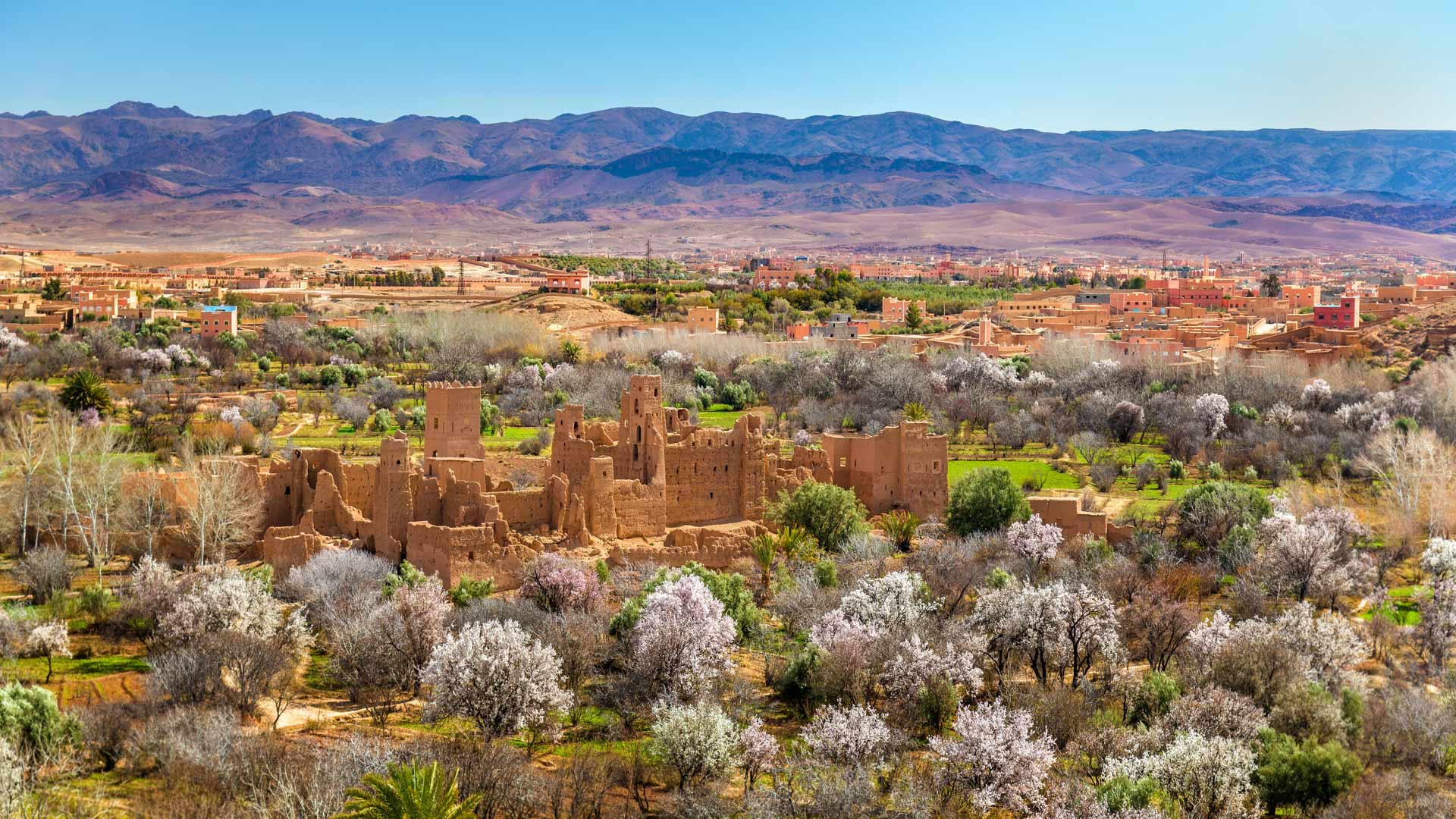
Kalaat M'Gouna的古堡遗址,摩洛哥 Ruins of a kasbah in Kalaat M'Gouna, Morocco (© Leonid Andronov/Getty Images)
Morocco in bloom
Millions of roses are harvested in May and June each year in the Dades Valley of Morocco, known as the Valley of Roses. (It's also known as the Valley of a Thousand Kasbahs, for the many traditional fortresses found here.) The Asif M'Goun River flows from high in the Atlas Mountains, bringing water to the lush valleys below. The town of Kalaat M'Gouna is the center of the rose harvest each spring, when thousands of pounds of roses are plucked from the valley's abundant bushes. Their fragrant petals are used to create the oil that goes into a potpourri of perfumes, creams, and other products that are for sale in local bazaars. No one knows how the roses originally appeared here, but it's said that a traveling merchant from Damascus, Syria, first brought them to the region hundreds of years ago, which gave the local rose its name: Damask.
Rhododendrons and azaleas blooming around Moon Bridge, Kubota Garden, Seattle, Washington (© Mary Liz Austin/Alamy)
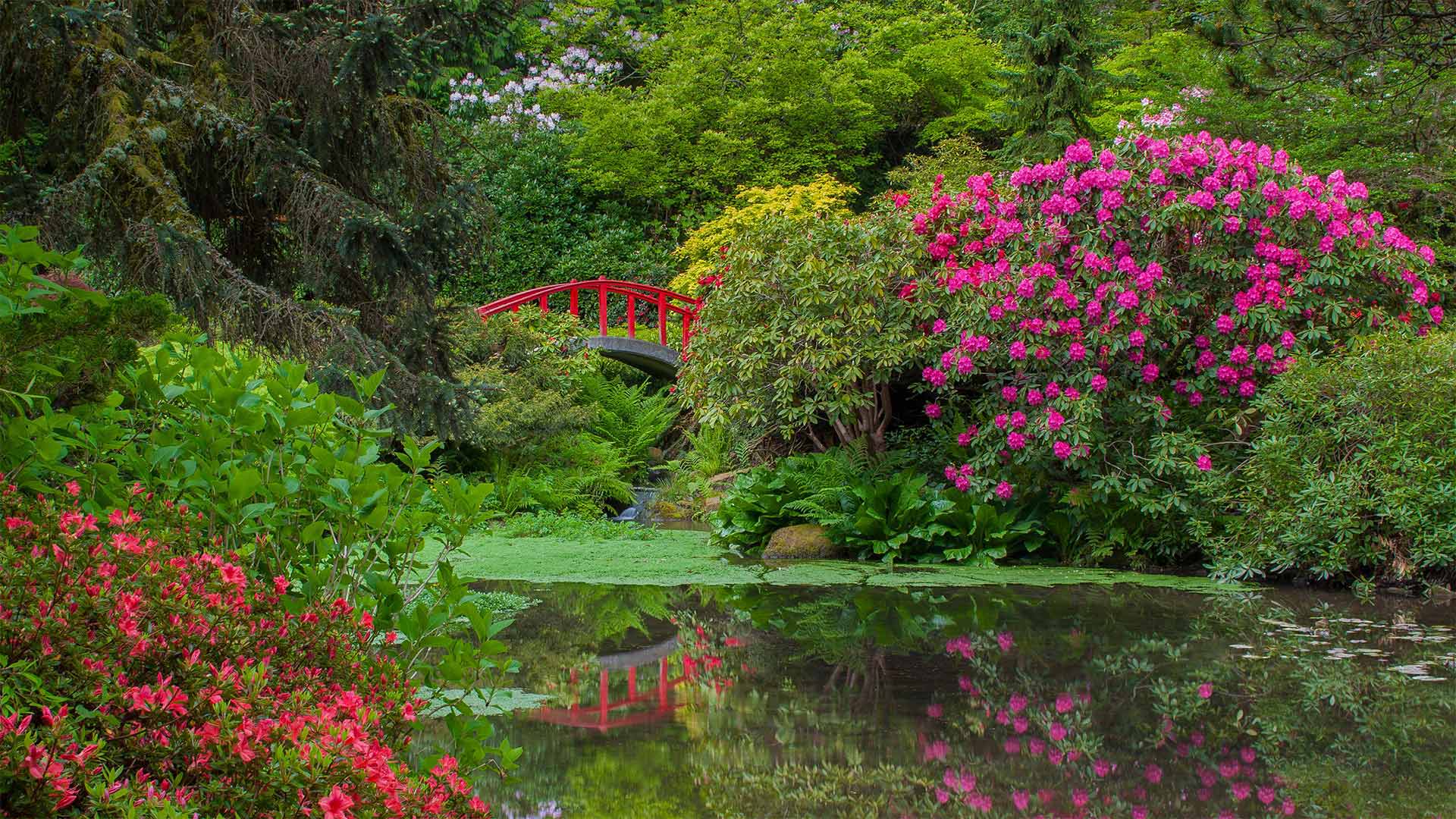
Rhododendrons and azaleas blooming around Moon Bridge, Kubota Garden, Seattle, Washington (© Mary Liz Austin/Alamy)
It's Asian Pacific American Heritage Month
As Asian Pacific American Heritage month kicks off today, we're visiting Kubota Garden in Seattle, part of the city's extensive park system. The 20-acre Japanese garden is tucked away in the Rainier Valley district—one of the traditional centers of Seattle's Asian American community.
The garden was founded on five acres of converted swampland by self-taught gardener Fujitaro Kubota, who emigrated from Japan in 1907. Founding his own gardening company in Seattle by 1923, he built a reputation by applying Japanese techniques to gardens across the still-young city. He established his namesake garden in 1927, and it quadrupled in acreage over the next decade. Later, during World War II, Kubota and other Japanese Americans were forced into internment camps and the garden was abandoned. But after the war, Kubota restored the garden and his business. He died in 1973, aged 94. But he lives on through his now-public garden, and as one example of the millions of Asian and Pacific Islander Americans who've helped build and beautify our nation.
